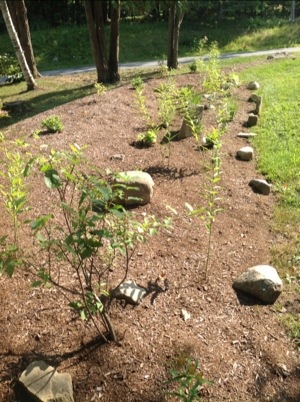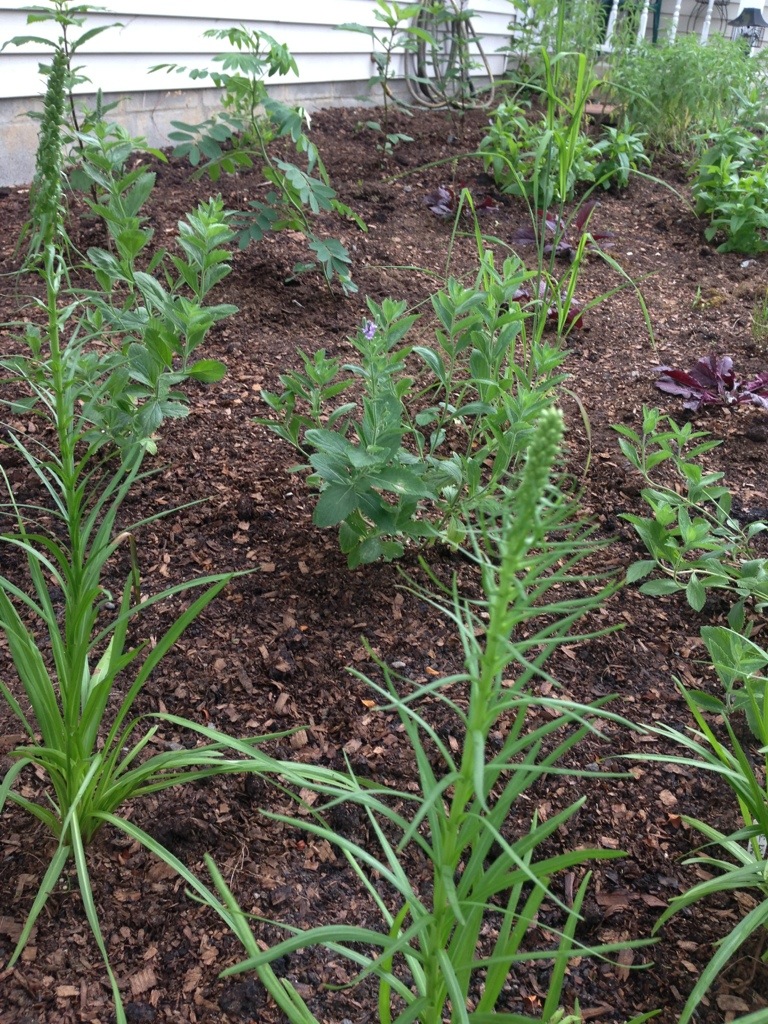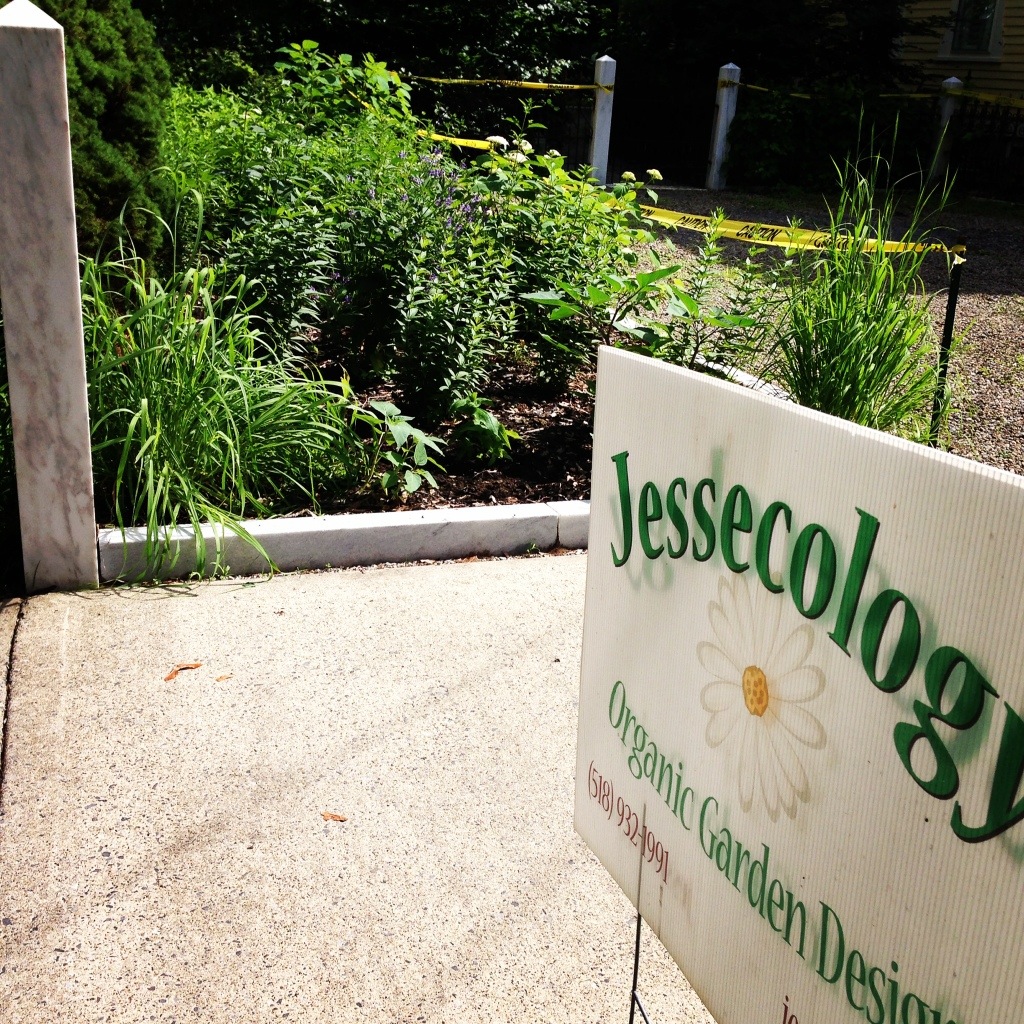Monarch Butterfly Garden
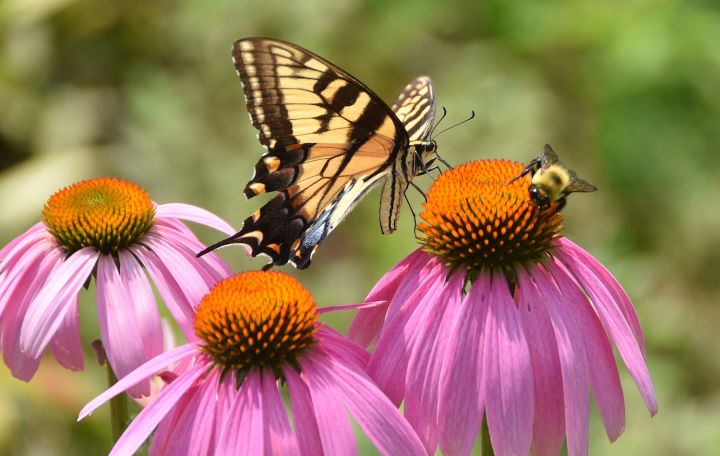
Creating the Perfect Monarch Butterfly Garden: Beyond Milkweed
Monarch butterflies are one of the most beloved pollinators in our gardens. Of course, they are famous for their epic migration and striking orange and black color schema. To support these beautiful creatures, many people plant Milkweed (Asclepias sp.), which is the essential larval hostplant. However, Milkweed alone is not enough. To truly nurture Monarchs, we must also provide a variety of native perennial nectar plants.
Milkweed is the Hostplant: a Monarch Butterfly Garden Staple.
Milkweed serves as the sole host plant for Monarch caterpillars. In other words, it’s where they lay their eggs, and the caterpillars feed exclusively on it. Nevertheless, adult Monarchs rely on nectar from a range of flowering plants to fuel their long migrations. Therefore, including a mix of native perennials is crucial.
For example, plants like Joe Pye Weed, Black-Eyed Susan, and Goldenrod offer abundant nectar. These plants bloom at different times, ensuring that Monarchs have food throughout the growing season. Moreover, native plants are adapted to local conditions, making them more resilient and beneficial to the ecosystem.
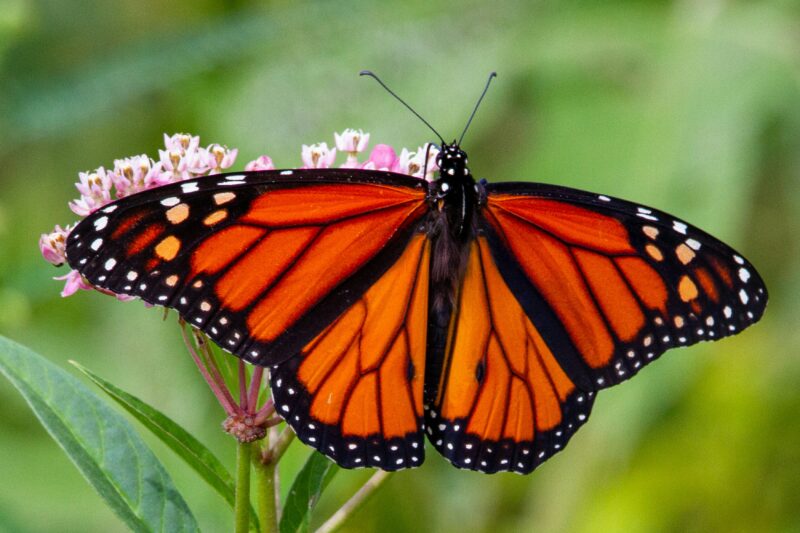
In addition, variety in your garden creates a more vibrant habitat. Certainly, biodiversity demands a mix of native plants. This not only attracts Monarchs but also supports other pollinators like bees and birds. Undoubtedly, other butterflies that require different hostplants. For example, New England Aster (Symphyotrichum novae-angliae) serves as hostplant to the Pearly Crescent butterfly. Native Violets host the Great Spangled Fritillary. The sophistication and dense complexity of this web is astonishing. As a result, your garden becomes a thriving haven of life and habitat regeneration.
Furthermore, by choosing native plants, you help expand biodiversity. Native plants co-evolved with local wildlife, forming essential relationships. On the other hand, non-native species often fail to provide the same ecological benefits.
In summary, while Milkweed is vital for Monarchs, it’s only part of the equation. A successful Monarch butterfly garden should include a diverse array of native perennials, shrubs, trees and grasses. By doing so, you’ll support these magnificent butterflies and contribute to a healthier ecosystem.
How to hire Jessecology for your Monarch Butterfly Garden project:
We’d love to meet you! Certainly, our team can design + build Monarch Butterfly Gardens for your Saratoga, Albany or Niskayuna region home or business. Please fill out our “start your project form and we’ll be in touch soon.
How to purchase a Monarch Butterfly Kit online:
Obviously, Monarch conservation needs to also happen outside the Jessecology service area. Thank you for your interest in habitat restoration. Purchase our Monarch Butterfly kit right here.

